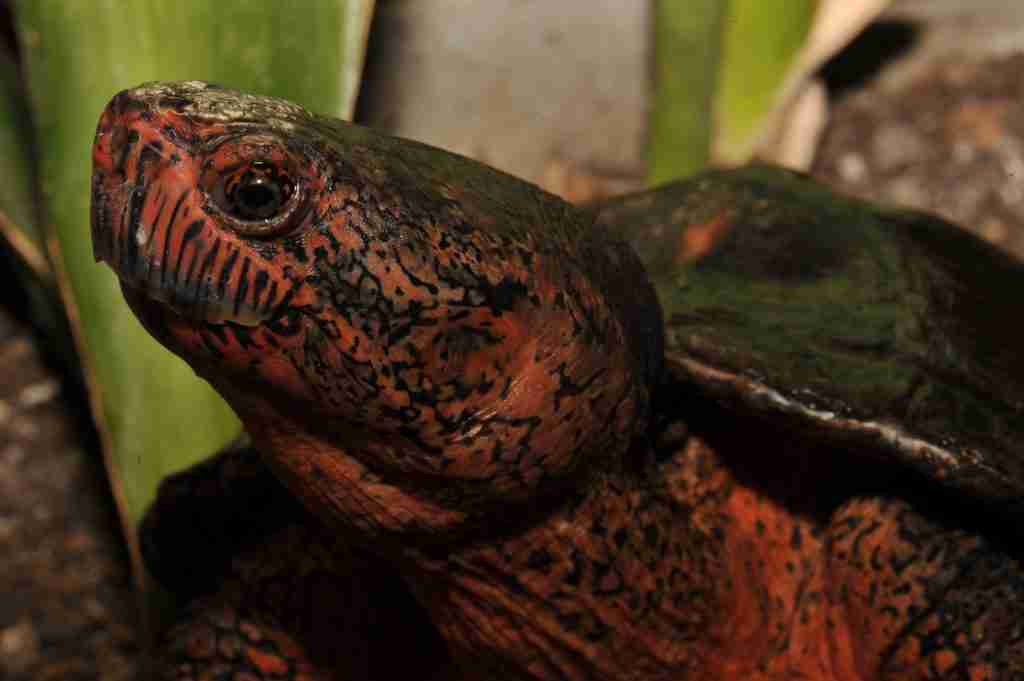THE COUNTRY
China
ABOUT THE ANIMAL
Common Name: Red-necked Pond Turtle
Scientific Name: Mauremys nigricans
STATUS OF WILD POPULATIONS OF THE RED-NECKED POND TURTLE
Across Asia, more than 50% of turtle species are ranked by the IUCN as Critically Endangered or Endangered, teetering on the brink of extinction. Some species receive widespread attention, while others quietly disappear with little notice.
The Red-necked Pond Turtle (Mauremys nigricans) is one such species. The IUCN Tortoise and Freshwater Turtle Specialist Group (TFTSG) classify it as Critically Endangered on the Provisional Red List, but the official IUCN Red List last assessed this species in 2000, so it still lists it as Endangered. This species is also featured in the Turtles in Trouble: The World’s Most Endangered Tortoises and Freshwater Turtles – 2025 report by the Turtle Conservation Coalition, which highlights the most imperiled species worldwide.
Previously, the species inhabited streams of several river drainages in hilly forests of southern China, particularly in Guangxi and Guangdong provinces, and possibly Hainan Island. A fossilized skull in northern Vietnam suggests a wider past range. However, repeated field surveys have failed to confirm any surviving wild populations. Many experts fear that the species may now be extinct in the wild. With no recognized subspecies, the TFTSG stresses that urgent conservation action is needed.
WHAT DOES THE RED-NECKED POND TURTLE LOOK LIKE?
The Red-necked Pond Turtle is a sexually dimorphic species, with females significantly larger than males. The largest recorded male’s carapace measured 185 mm (7.2 in) in length and the females have been found to be up to 298 mm (11.7 in) (Anders, 2012). Their shells range in color from chestnut brown to nearly black. Males are especially striking, with bold red and cream streaks across their necks, while females display subtler cream-yellow streaks. During the breeding season, the red markings on males intensify, creating the vivid display that inspired the species’ common name.
Within the species exists a rare morph known as the “dumb-head,” distinguished by its unusually large head. This morph has long fascinated turtle enthusiasts and is now extremely rare, making its preservation especially important for the species’ future.
THREATS FACING THE RED-NECKED POND TURTLE
This species is highly coveted by collectors in China, so much so that it has reduced the wild populations to such a degree that the last verified sightings of this turtle in the wild were in the 1930’s. The main threats this Critically Endangered pond turtle faces include:
- Overcollection for the pet trade
- Habitat loss and degradation
In addition, there is growing concern about the species’ genetics, as Mauremys nigricans readily hybridizes with other turtles in its genus. This poses a risk to the genetic integrity of the species, particularly if pet turtles are released into the wild.
TURTLE ISLANDS EFFORTS TO SAVE THE RED-NECKED POND TURTLE
The “dumb-head” morph was once relatively common in Europe, but has become almost impossible to find in both the West and China, where most Red-necked Pond Turtles are now confined to farms. Recognizing the urgency of preserving this unique lineage, Turtle Island, together with international partners, established the first and only assurance colony of dumb-head Red-necked Pond Turtles.
The colony began with just one male and three females. The male, affectionately named Markus, came from the private collection of Waltraud and Ingo Pauler, who entrusted him to Turtle Island for this project. One female was generously loaned to us by colleagues, and another was saved from export to China thanks to support from biologists working for Sundance Biology on the Rice Solar Project in the Mojave Desert. The third female belongs to Turtle Island. In this way, four turtles became the foundation of a conservation effort unlike any other.
Although Markus sadly passed away from a myocarditis, his legacy lives on. Before his death, the breeding group produced hatchlings, the oldest of which were born in 2012 and are now reaching sexual maturity. This breeding group now consists of about 70 individuals. This remarkable achievement reflects years of collaboration and dedication from many individuals, and it ensures that the dumb-head lineage and the species itself still has a future.
We hope that in the future the threats these turtles face in their native habitat decrease, allowing us to safely plan a rewilding initiative for this species.
HELP US PROTECT ENDANGERED TURTLES AND TORTOISES
This project is just one part of Turtle Island’s mission to protect endangered turtles and tortoises worldwide. You can stay connected with our work, whether it’s following updates on the growth of our Red-necked Pond Turtle assurance colony or learning about our other ongoing turtle conservation projects by subscribing to our newsletter.
Together, we can ensure that endangered turtles and tortoises are not lost forever.


